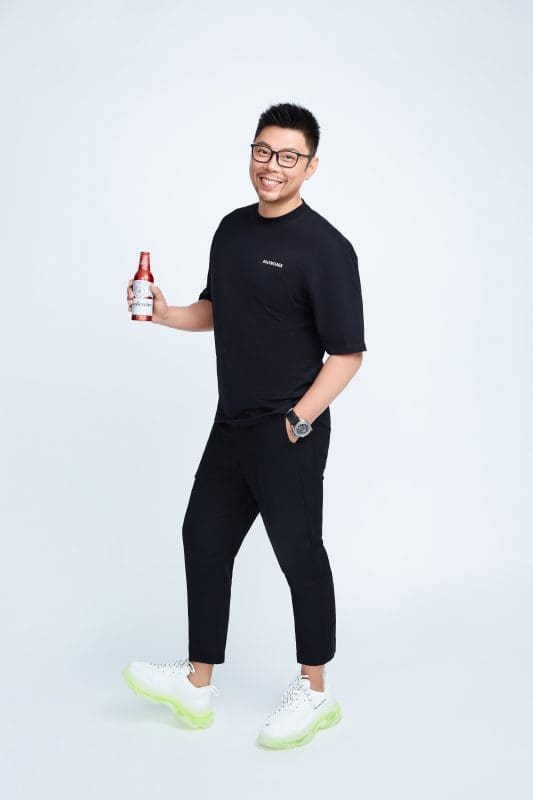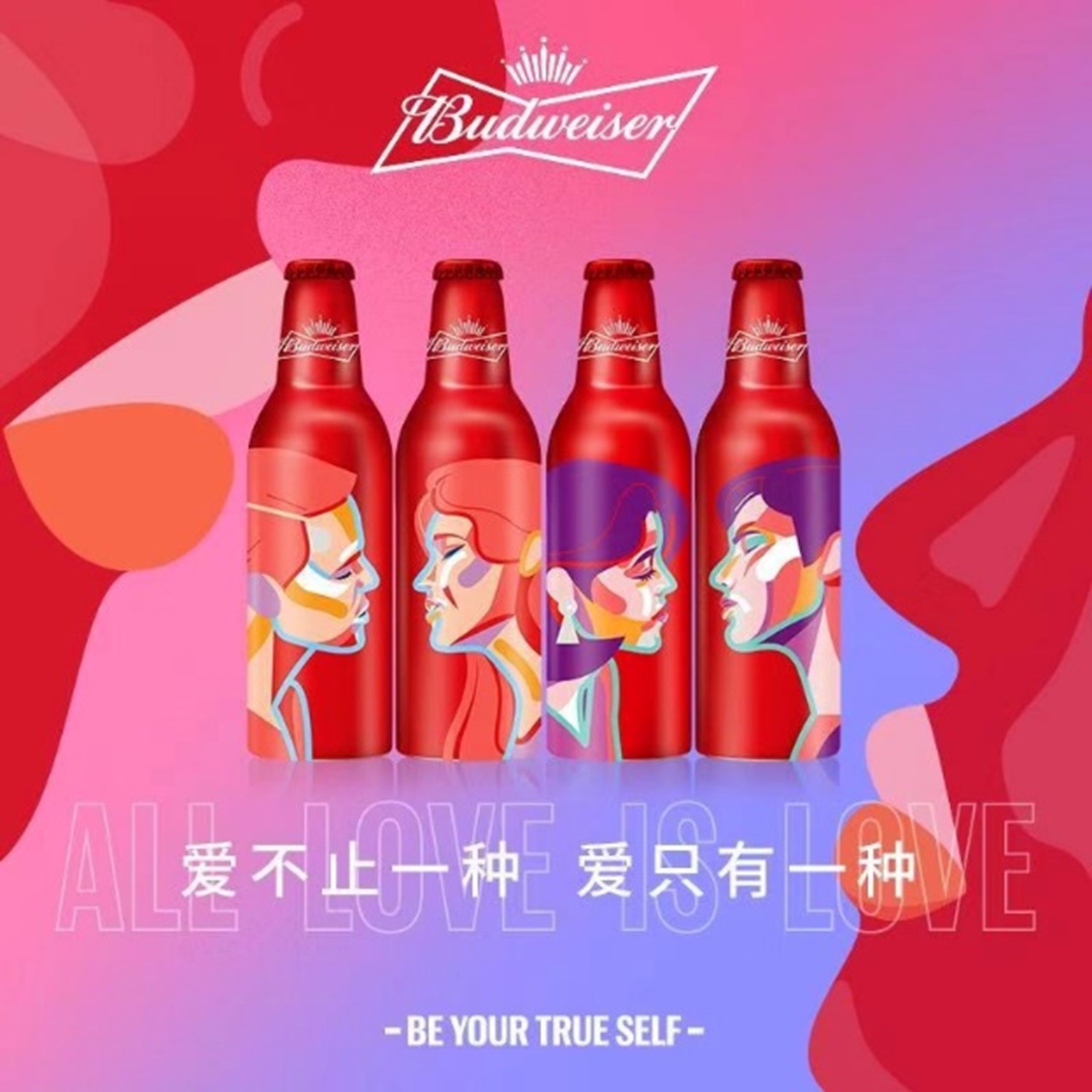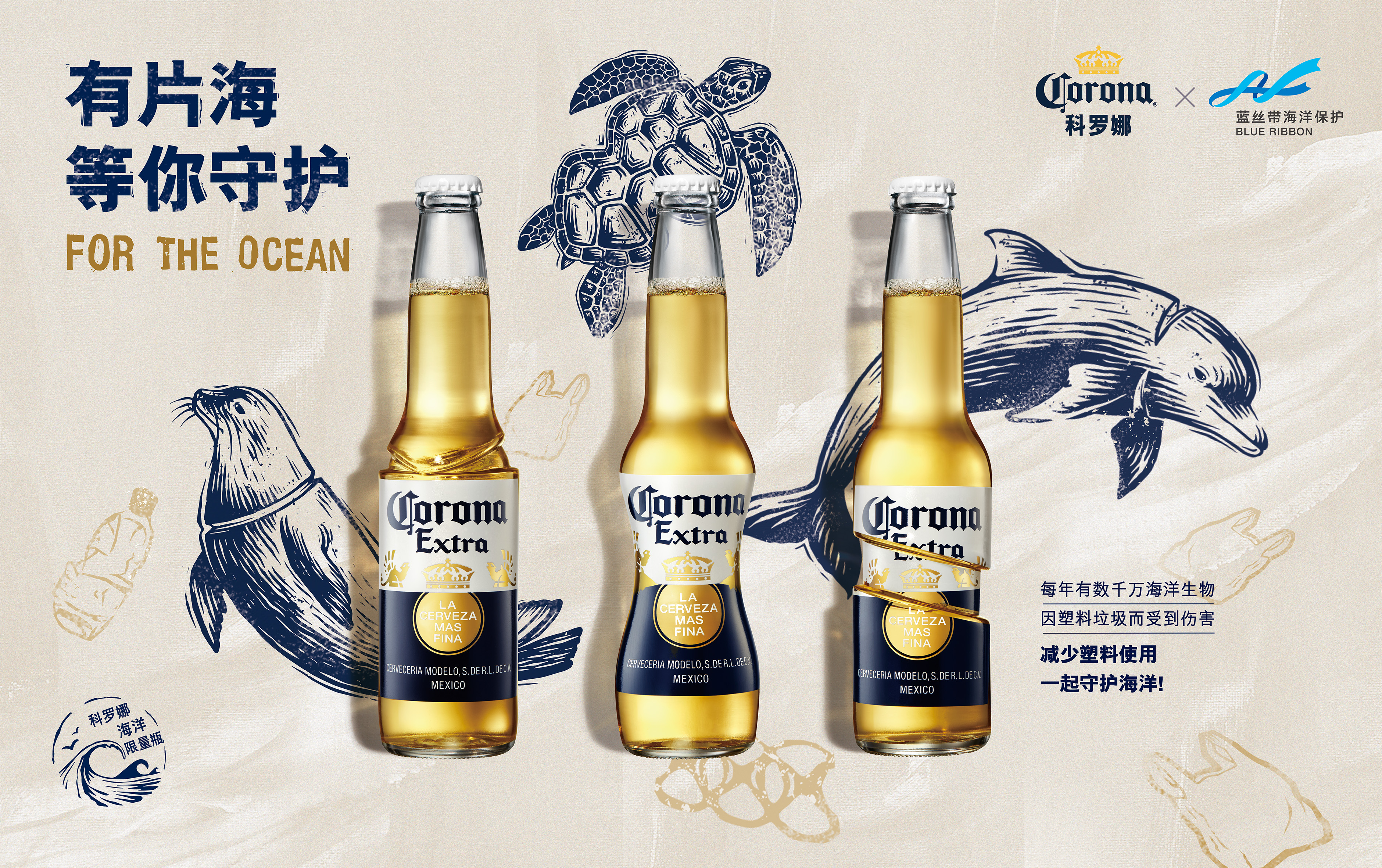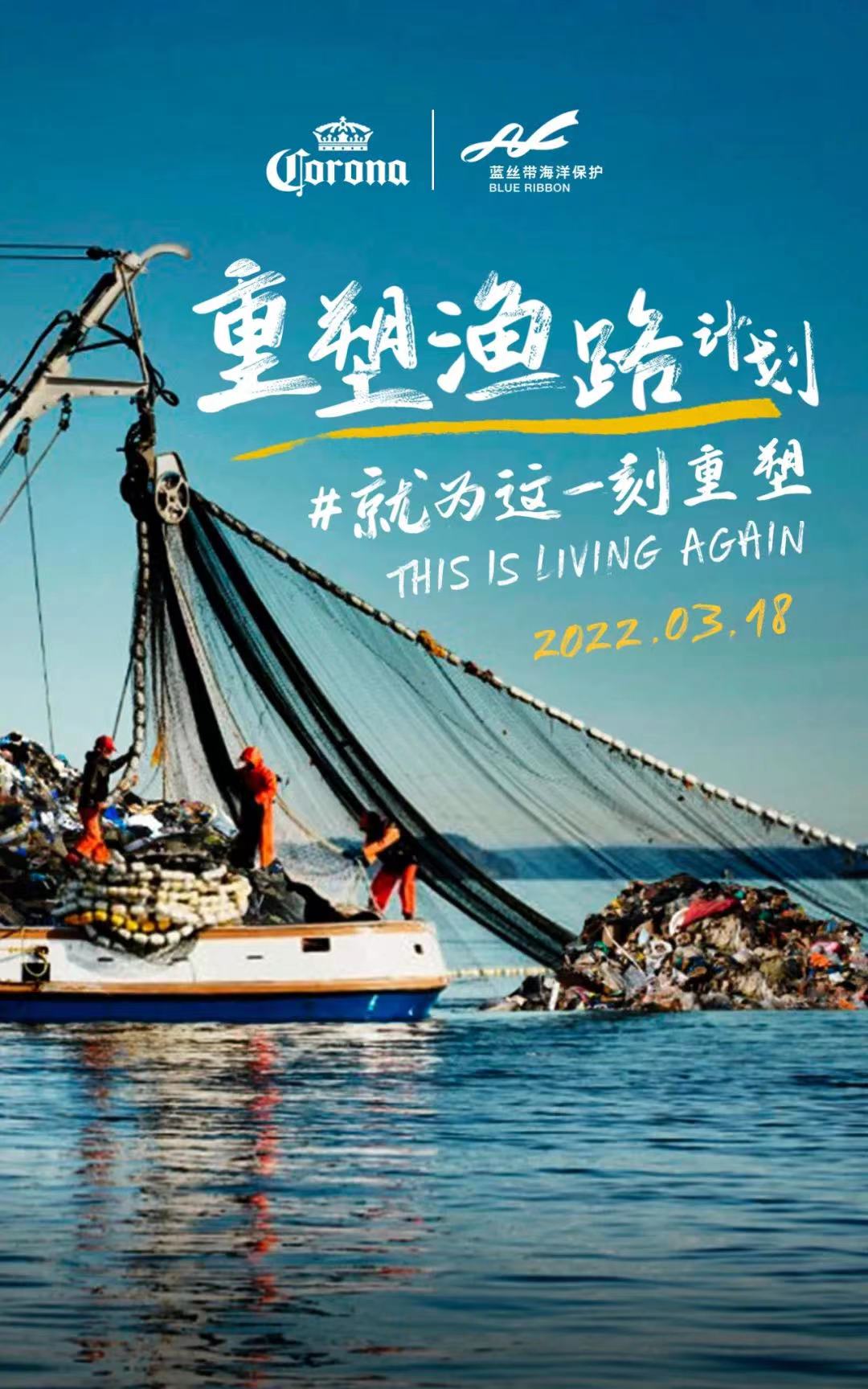BLOG
How Budweiser APAC is Creating Authentically Iconic Beers: A Conversation with Matt Che
The industry-leading beer company discusses how to manage a strategic portfolio of resonant, purposeful brands in an authentic and effortless way.
Building brand relevance with Chinese consumers remains top of mind for emerging and legacy brands alike. Budweiser Brewing Company APAC (Budweiser APAC), part of AB InBev and a key player in both the global and China beer markets, claims some of the most storied beer brands in the world as part of its portfolio – from Budweiser, founded in 1876, to Harbin, founded in 1900. Despite their longstanding histories, these brands are constantly evolving and innovating to maintain relevance in an increasingly fragmented and competitive market.
Tom Zhang, an associate partner at Prophet, sat down with Matt Che, CMO of Budweiser APAC, to discuss how the Budweiser APAC portfolio continues to house the top beer brands and resonate with Chinese consumers through strong purpose and values.

Matt Che
CMO at Budweiser APAC
Matt Che is Chief Marketing Officer at Budweiser APAC, who leads the marketing team in China, Korea, India & Southeast Asia. An over-20-year veteran of marketing and sales, Matt oversees all brand marketing activities including Budweiser, Corona, Hoegaarden, Cass, Harbin, Blue Girl and Sedrin, etc. He is also held accountable for driving marketing-led business growth.
Regarded as a trailblazer in the industry, Matt contributes to the growth of Budweiser APAC by creating a series of aggressive campaigns and driving marketing digital transformation.
Matt Che earned a master’s degree in arts from the University of Birmingham. He also completed various marketing courses for executives at Harvard University, Stanford University, and Kellogg School of Management.
As a major FMCG group, how does Budweiser APAC maintain a pulse on Chinese consumers and the latest trends?
We must remain curious and constantly consider how the relationship between our brands and consumers is evolving. My thoughts are three-fold.
First, there is a shift away from educating the consumers. Brands need to think about how to communicate product benefits and brand values in a way that is “effortless” and most resonant to consumers, allowing them to take in the information willingly and easily. Rather than standing on moral high ground and preaching to consumers, brands should view consumers as their equals and strive to grow together. To be a relevant brand means being humble. Champion the consumer. Recognize, appreciate and celebrate them.
The next trend I see is a shift in focus from brand building to full-funnel marketing throughout the consumer decision journey. With the maturation of digital, social and new retail, there are more ways to not only build brand awareness but also close the gap between awareness and purchase. However, the marketing mix from awareness to consideration to purchase is varied, and we need to consider different content assets at each stage of the funnel to deliver the right message at the right time. As marketers, we must hold ourselves accountable for the full customer lifecycle.
Lastly, the innovation cycle of FMCG products is changing. Previously, innovation was centered on a few big bets that would generate significant commercial impact. Now, innovation is also a way to drive brand equity. For instance, we launched the Budweiser Brewmaster Reserve in China, an ultra-premium product made with the highest-quality ingredients. Rather than measuring its success with immediate sales KPIs, we are looking at whether it contributes to brand equity. Marketers should approach innovation more strategically to shape the today, tomorrow and future of the brand.
With Budweiser APAC’s extensive portfolio, how will you drive innovation of products and experiences to meet increasingly diverse consumer needs?
The traditional notion of brand loyalty no longer exists in this age of fragmented markets. Instead, each brand should strive to build occasion-based loyalty. Consumers might go out to KTV with friends and choose Budweiser, then grab some late-night street food with Harbin. On the weekend they might have a picnic and bring some Hoegaarden, and then order a Corona at the beach while on vacation.
Rather than spending our marketing budget attempting to make one brand the beer of choice for every drinking occasion, we take a very nuanced approach in segmenting consumer drinking need states and occasions to a high degree of specificity. In each of these need states and occasions, what are the consumer’s functional and emotional needs? Once we understand those, can beer as a category deliver on them? If so, then we can consider which of our brands has the story, value proposition, and DNA to own an iconic demand state and occasion.
Of course, we will still source sales volume from adjacent drinking occasions, but the center of gravity and the “hook” we communicate to consumers must be clear and distinctive. Once we have this, we must then be disciplined about focusing brand-building efforts on channels and occasions that are core to the brand, allowing each one to own distinctive space in the portfolio.
Many Budweiser APAC brands go beyond the product to communicate a higher purpose to consumers. Why is this important?
A strong purpose is what makes a brand stand the test of time. Consumers might select you once or twice based on eye-catching packaging or a unique product, but purpose is how brands can earn an unwavering position in their customers’ hearts and minds. The way purpose manifests will change over time, but the purpose itself should be timeless.
For instance, Budweiser has always championed authenticity – being true to yourself and living on your own terms. For the Qixi Festival (Chinese Valentine’s Day), Budweiser launched the “All Love Is Love” campaign. We released limited edition bottles that featured illustrations of people of all genders, and the bottles can be paired together in different combinations to feature two figures kissing.

The message is clear – regardless of how you define love, we respect, celebrate and champion it. We’re communicating with our customers as equals, meeting them where they are to convey the brand’s higher purpose.
Purpose must be built over time. Rather than inundating consumers with a once-a-year massive campaign, we should reinforce the messaging consistently to build a purpose that is lasting and authentic. This is an example of “effortless marketing” in action.
This reminds us of Corona. Corona is a strong example of how brands commit to ESG initiatives. Why is this important to Budweiser APAC and consumers?
ESG is among the top priorities for AB InBev globally, and it’s deeply rooted in what we do. As the largest beer company in the Asia Pacific, Budweiser APAC is committed to achieving a future that’s sustainable and inclusive.
Although there have already been many exciting results, I don’t think we as marketers should overly commercialize ESG. While its successful integration into company strategy, operations, and culture can potentially drive customer love and as a result sales volume, this cannot be the starting point.
For instance, Corona’s brand essence is about a slice of lime, the sunset, and the ocean. It’s clear and simple. As a result, the brand is genuinely concerned about ocean conservation and marine protection. Corona partnered with Blue Ribbon, the biggest ocean conservation organization in China, and launched limited edition bottles on World Oceans Day, encouraging consumers to use less plastic.

This March, Corona also initiated the “Ocean Restoration” program for the second year, partnering with fishermen across Fujian and Hainan provinces to recycle plastics from the ocean. Through our continued efforts, Corona is now the first beverage brand in the world to achieve a net-zero plastic footprint, meaning it recycles more plastic than it produces.

However, the goal of Corona’s ESG efforts is not to convince consumers to drink more Corona but to convey the importance of protecting our planet for future generations. If these initiatives draw consumers to the brand, then that is a positive externality of our ESG efforts, but it cannot be the intention behind them.
Nowadays, many marketers experience tension between longer-term brand marketing and shorter-term demand generation. How do you resolve the tension to balance “fast and slow”?
As I mentioned before, marketers have the challenging task of building today, tomorrow and the future. It’s a difficult balance to achieve, especially as marketing has traditionally been less focused on immediate commercial growth in favor of long-term brand building. But our remit is expanding, and we must not only identify consumer needs but also the commercial potential of these consumer needs.
In my role, I’m working more closely with our commercial leaders to ensure alignment from the get-go and help balance the tradeoff between “fast and slow.” It’s important to align across marketing and sales teams on what long-term success looks like as well as what challenges might arise in the short term. Collaborating with sales allows us to better identify commercial realities such as pricing, competition, and potential cannibalization within our portfolio.
In April, AB InBev appointed our first global chief growth officer, a newly created position that aligns sales and marketing under the same umbrella. This indicates a clear mindset change.
Budweiser and Harbin are the official beer sponsors for the 2022 World Cup. How will Budweiser APAC use the event to engage fans and create a memorable brand experience?
With the resurgence of COVID-19 in some areas of China, consumers are once again dealing with certain levels of anxiety, uncertainty and stress. Thus, we are adjusting our messaging.
We want to keep things simple and help consumers unleash the fun – not only the fun of the World Cup but the fun that comes with being with family and friends and forgetting about your worries for just a moment. We want consumers to be able to just enjoy the game and enjoy a beer.
FINAL THOUGHTS
For marketers to shape the today and tomorrow of their brand, they must have a systematic approach to understanding the increasingly complex consumer landscape. To build brand relevance, they must balance long term-brand purpose and short-term demand generation across the full marketing funnel.
To learn more about how your organization can build brand relevance and drive uncommon growth, contact us today.
